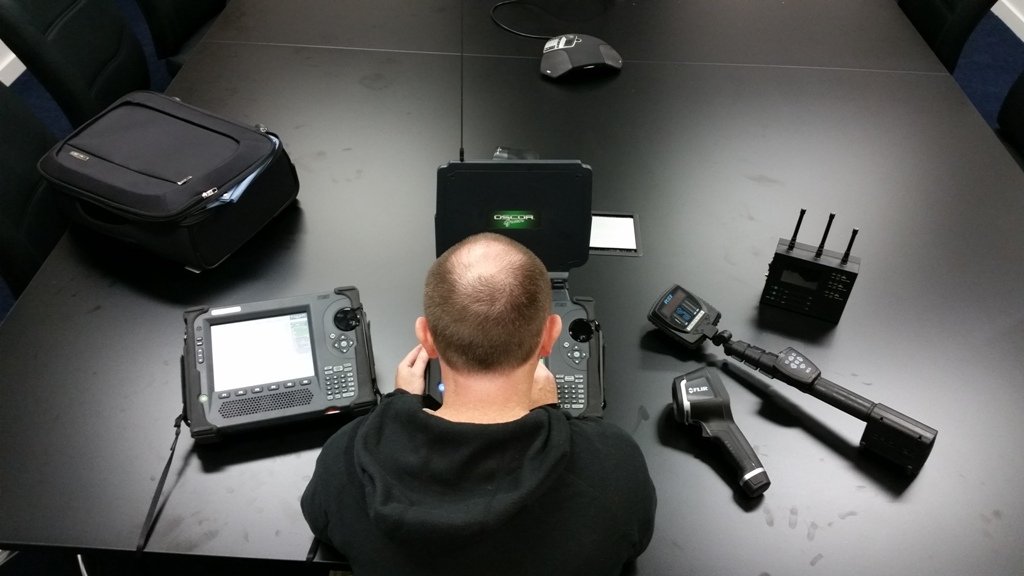In an age where privacy is increasingly at risk, anti eavesdropping devices have emerged as essential tools for individuals and organizations seeking to protect their sensitive information from unauthorized access. These devices help mitigate the threats posed by various forms of electronic surveillance, ensuring that confidential conversations and data remain secure. This article explores the significance of anti eavesdropping devices, their types, and their applications.
The Need for Anti Eavesdropping Devices:
As technology advances, so do the methods used for eavesdropping. Individuals, businesses, and government agencies face constant threats from malicious actors who utilize sophisticated tools to intercept communications and gather sensitive information. Eavesdropping can occur in various forms, including:
- Audio Surveillance: Hidden microphones and recording devices can capture conversations without the knowledge of the participants.
- Video Surveillance: Cameras can be discreetly installed to monitor individuals and capture private moments.
- Digital Surveillance: Hacking into personal devices, such as smartphones and computers, allows unauthorized access to private data.
With the increasing prevalence of these threats, the demand for effective anti-eavesdropping solutions has grown. These devices serve as a proactive measure to safeguard personal and organizational privacy.
Types of Anti Eavesdropping Devices:
- RF (Radio Frequency) Detectors: RF detectors can identify hidden cameras and microphones by scanning for radio frequencies emitted by these devices. They help users locate potential surveillance devices in their environment, providing an added layer of security.
- Signal Jammers: Signal jammers are devices that block specific frequencies to prevent the transmission of audio or video signals. They can disrupt the functionality of hidden cameras or microphones, rendering them useless during critical meetings or discussions.
- White Noise Generators: These devices create a sound environment that masks conversations, making it difficult for eavesdroppers to capture clear audio. White noise generators are particularly useful in office settings, where sensitive discussions may take place.
- Camera Lens Detectors: These specialized devices can identify the reflection of camera lenses, alerting users to the presence of hidden cameras in their vicinity. This is especially valuable in private spaces, such as meeting rooms or hotel accommodations.
- Smartphone Apps: Several apps are designed to detect eavesdropping attempts by scanning for unusual network activity or unauthorized connections. These apps can alert users to potential threats in real time, enhancing personal security.
Applications of Anti Eavesdropping Devices:
1. Corporate Security:
Businesses often handle sensitive information that, if compromised, can lead to significant financial losses or damage to reputation. Anti eavesdropping devices are crucial for protecting trade secrets, client data, and internal communications from corporate espionage.
2. Personal Privacy:
Individuals concerned about their privacy can benefit from anti-eavesdropping devices. Whether at home, in public spaces, or while traveling, these tools help ensure that private conversations remain confidential and that personal data is protected from unauthorized access.
3. Government and Law Enforcement:
Government agencies and law enforcement organizations utilize anti eavesdropping devices to secure sensitive operations and investigations. By preventing unauthorized surveillance, they can maintain the integrity of their work and protect the rights of citizens.
Conclusion:
In a world where privacy is constantly under threat, anti eavesdropping devices serve as essential tools for safeguarding sensitive information. With various types available, including RF detectors, signal jammers, and white noise generators, individuals and organizations can take proactive measures to protect their privacy. Whether for corporate security, personal use, or government applications, these devices play a crucial role in preventing unauthorized access and ensuring that confidential communications remain secure. Investing in anti eavesdropping technology is not just a precaution; it’s a vital step toward protecting oneself in an increasingly connected world.

